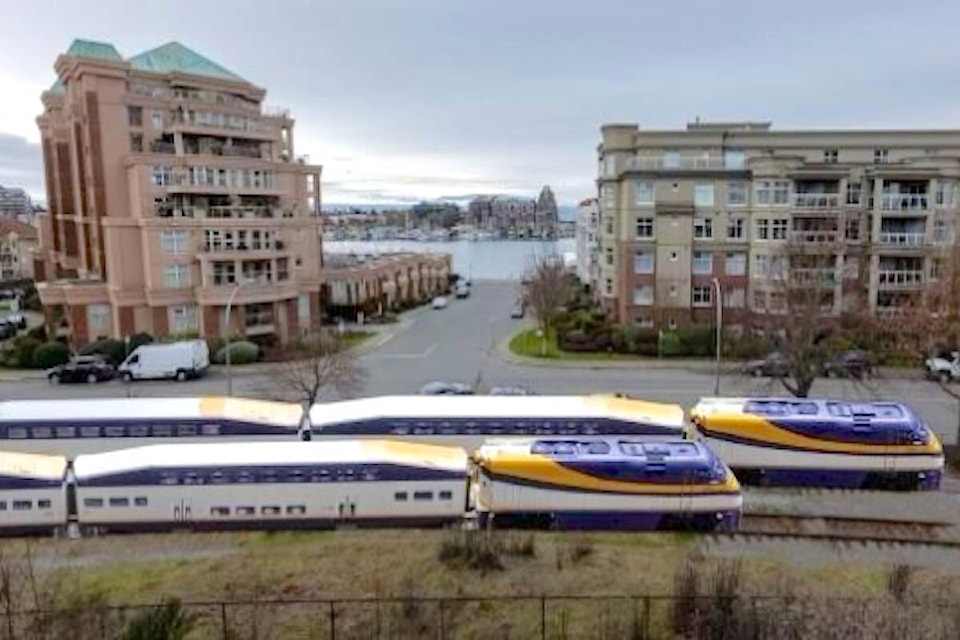To the Editor,
Re: Rail on the Island is dead; people love their cars too much, Letters, July 27, 2022.
I am a retired railroader whose service goes back to the mid-50s in both non-operational and operational departments. I am in total disagreement with almost all aspects of this letter.
Most of the writer’s comments regarding rail are his opinions based on hearsay and omission.
He seems unaware of the fact that abandoning both passenger and inter-modal services were a condition of the sale of BC Rail to Canadian National.
There is no mode of transportation whether it is the automobile, rail, airlines or trucking that is not in some way subsidized by the public.
I also served on the task force that looked at traffic congestion in the northeast sector of the Greater Vancouver Regional District (now the Metro Vancouver Regional District or MRVD-ed.). The recommendations of that task force brought about the creation of West Coast Express. Since West Coast Express (WCE) commenced operations in the mid-90s, their ridership has increased with the exception of the arrival of Skytrain at Coquitlam Centre.
Since I and another member of the task force had the time, we rode the early trains and spoke to a great number of riders. The answers and input they provided were far beyond what was speculated during the deliberation of the task force.
Two gentlemen from Abbotsford drove to Mission, took WCE to Waterfront Station in Vancouver and the Skytrain back to the Telus building in Burnaby. They claimed the trip was almost 30 minutes less than driving from Abbotsford to Burnaby, the cost of parking was less than 10 percent of what they were paying to park in Burnaby. In another instance four riders who were sitting together mentioned they watched WCE going by them while they were almost parked in the traffic on Lougheed Highway; to them the speed was not the issue, the train was obviously faster. There are far too many of these stories to mention.
I don’t believe there is a need for Continuous Welded Rail or the latest of commuter passenger rolling stock. If the Bombardier-built equipment used on WCE would meet overhead clearance restrictions on the E&N it would be more than adequate.
The writer also failed to mention the potential of freight revenue, that traffic is still here, all it would take is an aggressive marketing effort on the part of the railway.
In closing, rail is not dead, it is more necessary than ever.
Wayne B Oliver,
Port Alberni
